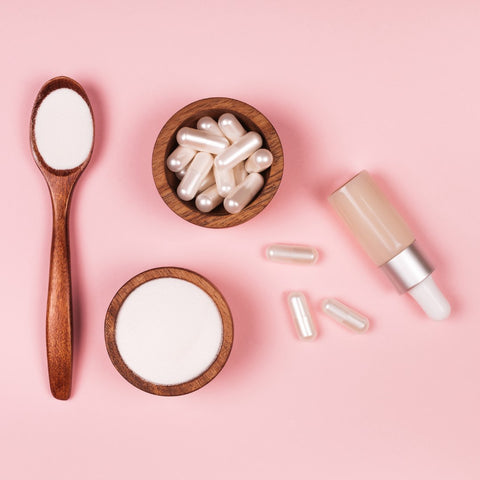Encapsulation is widely used in cosmetic formulations to enhance the delivery and stability of active ingredients in a variety of cosmetic products. This technique involves enclosing a core material, such as vitamin C or a moisturizing active ingredient, within a shell material to form a stable encapsulation system. The encapsulation process is particularly valuable in skin care and personal care due to its ability to control how and when ingredients are released onto the skin.
What is encapsulation
Encapsulation refers to the process of surrounding an active ingredient with a shell that protects it from environmental exposure and improves ingredient stability. This shell can consist of natural or synthetic polymers and plays a critical role in preventing oxidation, light degradation, and interactions with other components in cosmetic products. By enhancing encapsulation efficiency, formulators can ensure that ingredients such as vitamin E remain potent throughout the product's shelf life.
Benefits for cosmetic applications
Encapsulation offers numerous advantages in cosmetic applications. It supports controlled release, allowing active ingredients to be gradually delivered over time for prolonged effectiveness. This is especially useful in topical drug delivery systems and transdermal delivery where sustained action is beneficial. Additionally, encapsulation can help with targeted delivery, ensuring that skin care actives reach the intended layer of skin for maximum benefit.
Types of encapsulation techniques
There are multiple encapsulation techniques used in the cosmetic formulation process, each tailored to specific needs. Some common methods include:
Microencapsulation – widely used for powder or liquid actives
Liposomal encapsulation – effective for percutaneous delivery of hydrophilic ingredients
Soft gel filling encapsulation machines – used for stable delivery of oil-based actives
Phase-change materials – used to regulate temperature-sensitive formulations
Spray drying – cost-efficient and scalable method for powdered formulations
Improving shelf life and ingredient stability
One of the primary benefits of encapsulation in cosmetic formulations is the improvement of shelf life. Active ingredients like encapsulated vitamin C are protected from environmental factors that would otherwise degrade their effectiveness. This stability allows for the inclusion of advanced active ingredients in formulations without compromising product quality over time.
Delivery systems in cosmetic products
Delivery systems are designed to optimize how active ingredients interact with the skin. Through encapsulation, cosmetic products can achieve both targeted and controlled release, essential for skin care treatments and personal care items. These systems improve the functionality of the formulation and support enhanced user experience. They also reduce irritation by moderating how potent ingredients like vitamin C are delivered across the skin barrier.
Considerations in packaging and production
Packaging materials must be compatible with encapsulated ingredients to avoid degradation or leakage. Additionally, the choice of encapsulation system impacts production processes, including the use of specialized soft gel filling encapsulation machines and other manufacturing equipment. By addressing these factors, it is possible to develop high-performance products that meet consumer expectations and regulatory standards.
Please contact us to get started with our cosmetic formulation services.
